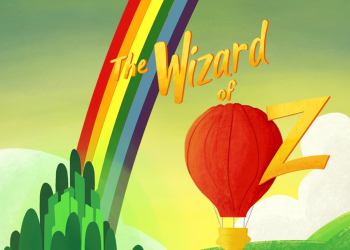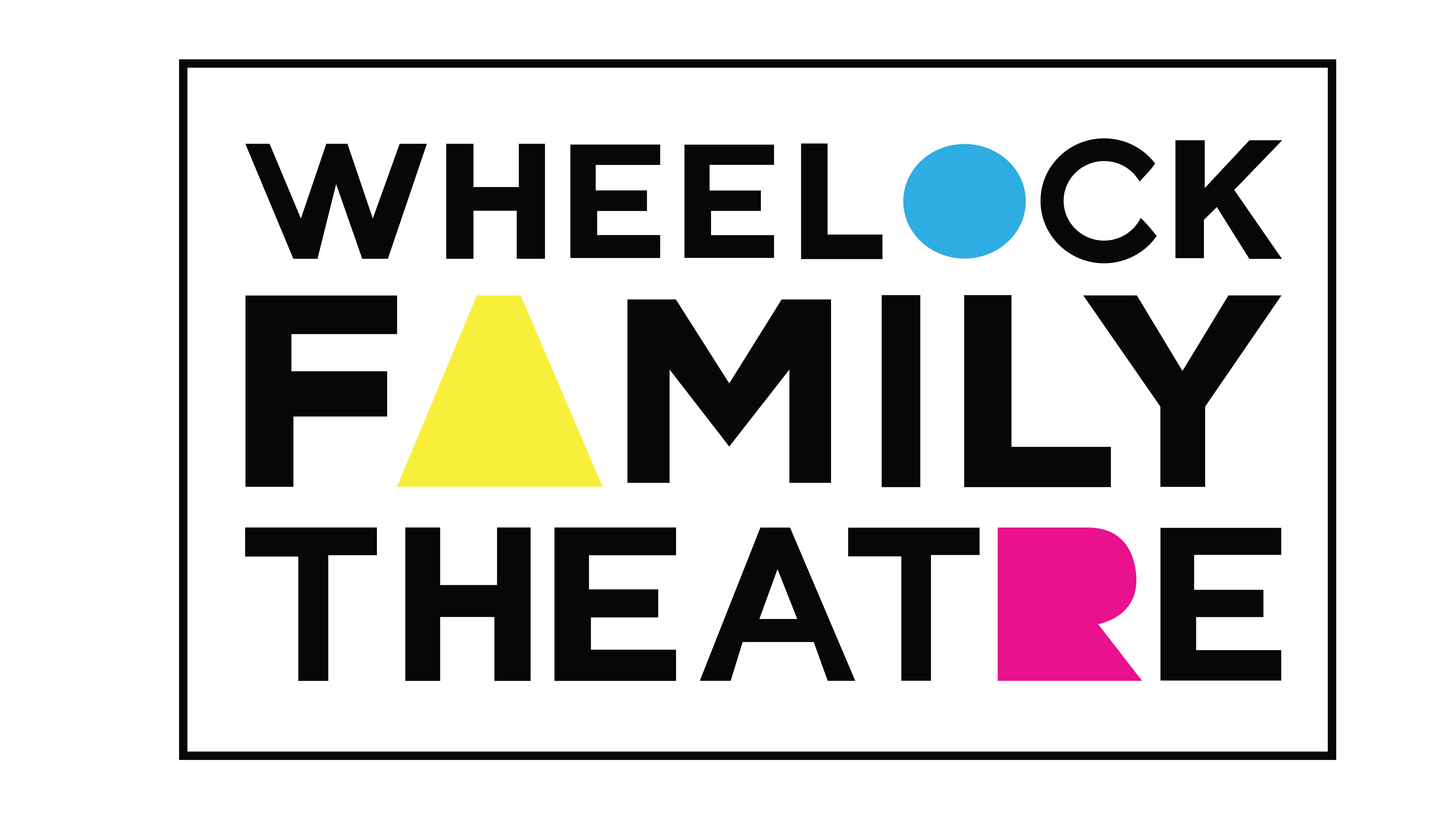SCARECROW – History of The Wizard of Oz

The Scarecrow is the first to join Dorothy on her journey. When Dorothy finds out that the Scarecrow does not have a brain, she eagerly suggests that the Scarecrow join her on her quest to meet the Wizard of Oz, in hopes that he might be able to help him get a brain, just as the Wizard will help her get home to Kansas. Along the journey, Dorothy and the Scarecrow form a deep friendship. Upon meeting the Wizard, Scarecrow receives a diploma and is suddenly able to spout mathematical formulas – but we know that the Scarecrow had smarts all along, not just facts and figures, but also the emotional smarts that allowed him to connect so closely with Dorothy. This section explores both the facts and figures and the impacts of L. Frank Baum’s book The Wonderful Wizard of Oz. Students will hypothesize about key dates and terms, discover the unique facets of Baum’s book, and question the responses that the book elicited.
ACTIVITY 1: Let’s Hypothesize!
A hypothesis is a proposed idea based on a small amount of evidence that will prompt further exploration of a question or challenge.
Each of the terms and dates listed below is significant in some way to the history of The Wizard of Oz. Present each term or date to your students and ask them to use what they know and what they might infer from what they know to form a hypothesis about their date or term: what might it mean or why might it be significant? This can be done as a whole group, in small groups, or individually by students in whatever way you see fit – for example, you might hypothesize about each term as a whole group in discussion, or you might distribute one term to each student to hypothesize about.
Share hypotheses and allow students to build on the ideas that their peers present.
After developing hypotheses, students research the terms and years to test their hypothesis by finding out their actual significance. Students present their research back to the class.
You may also choose to present this exercise as a matching game with the terms and their meanings.
TERMS & ANSWERS:
| Lyman | L. Frank Baum’s first name |
| 1856 | Year L. Frank Baum was born |
| 1919 | Year L. Frank Baum died |
| Maud Gage | L. Frank Baum’s wife |
| Edith Van Dyne | One of many pen names L. Frank Baum used |
| W. W. Denslow | Illustrator of The Wonderful Wizard of Oz |
| 13 | Number of Oz sequels L. Frank Baum wrote |
| 1900 | Publication year of The Wonderful Wizard of Oz |
| 1902 | Premiere of Broadway musical The Wizard of Oz |
| 1939 | Premier of the MGM movie The Wizard of Oz |
| Victor Fleming | Director of the MGM movie |
| Filing Cabinet | Baum got the name Oz from a filing cabinet labeled O-Z |
| 1886 | Baum’s first book is published, about raising Hamburg chickens |
| Chittenango | Town in upstate NY where Baum was born |
| Oz-Stravaganza! | Annual festival honoring Baum in the town of his birth |
| Ozcot | Name of Baum’s house in Hollywood |
ACTIVITY 2: Discovering ‘Wonder Tales”
“Oz is that place, ten minutes before sleep, where we bind up our wounds, soak our feet, dream ourselves better, snooze poetry on our lips, and decide that mankind, for all it is snide and mean and dumb, must be given another chance come dawn, and a hearty breakfast.”
— Ray Bradbury
Grim, moralistic tales were neither L. Frank Baum’s strength nor his goal. Rather, in The Wizard of Oz and more than sixty books, most written for children, he strove to set young readers free to play in the magical lands he mapped with his words. With publication of The Wizard of Oz in 1900, Baum revealed his vision for a new kind of children’s book: ‘Wonder Tales,’ “in which the stereotyped genie, dwarf, and fairy are eliminated, together with all the horrible and bloodcurdling incident devised by their authors to point a fearsome moral to each tale.”
While Baum’s ‘Wonder Tales’ are not entirely free of messages or well-known fairy tale characters, they are affirming of children — their curiosity, resilience, spunk, and humor — rather than reformatory in nature. A self-proclaimed “rather stubborn illiterate” who didn’t like teachers or soldiers much, Baum aims to teach a non-preachy lesson in self-discovery in The Wizard of Oz. The rainbows we seek turn out to be close at hand, within ourselves, in our backyards; we spend our lives struggling to get to the end of the rainbow, not realizing that the gold is inside. Finding the gold inside ourselves remains as important today as it was in 1900. While Baum intended his stories “solely to pleasure children of today,” his work allows us — and the children of many generations to come — to marvel at the wonders without and, along with the Cowardly Lion, Scarecrow, Tinman, and Dorothy, begin to appreciate the wonders within.
- Spend time together unpacking Ray Bradbury’s quote. How do students interpret the quote? What images come to mind? What is Bradbury saying about Oz and about Baum’s story? What word choices stick out to you?
- Compare and contrast students’ understanding of the characteristics and aims of fairy tales with the above description of the characteristics and aims of Baum’s self-proclaimed Wonder Tales. What is Baum hoping to do differently by defining this new genre?
- In what ways does The Wizard of Oz depart from being a fairy tale? Are there ways in which The Wizard of Oz might still be seen as a fairy tale?
- Ask students to select a fairy tale they know well and rewrite it as a ‘Wonder Tale,’ considering the tropes, characters, and story elements that would need to change to achieve Baum’s vision.
- Ask students to write or imagine a concept for their own ‘Wonder Tale,’ either individually, in pairs, or in groups. Perform each original ‘Wonder Tale’ in small groups as short plays.
ACTIVITY 3: Questioning Oz’ Reception (Recommended for middle & high schoolers)
Use the following questions and provocations to students to start a discussion on censorship of literature:
- What does “censorship” mean?
- Were any of L. Frank Baum’s books ever censored? If so, why?
- Do you think that L. Frank Baum’s books should have been censored? Why?
- Is there ever a good reason for a book to be censored?
- If you think there are good reasons for censorship, what book(s) should be censored, and why?
- Do you think you have ever read a book that has been censored or banned?
- Find out a book that has been censored, or banned from bookshelves, and the reasons why. Do you think this book should have been banned? Explain your answer.
Use the following questions and provocations to students to start a discussion on the challenge of an artist with a problematic past:
- L. Frank Baum created one of the most whimsical and memorable fantasy worlds of all-time, featuring beloved characters and a cherished message of the power of home and belief in oneself. At the same time, Baum has a complicated history prior to the publication of Oz, of deeply harmful remarks towards and writing about Native American people that complicate our understanding of him as a person and as a figurehead of American storytelling.
- Read with or present to students the information found in this article. Please note that the article contains racist slurs and hateful language. Be sure to preview before sharing with students.
- Another take on the harmful legacy of Baum’s pre-Oz writing can be found in this three-minute audio clip.
- Ask students to reflect on their own feelings about the idea of an Oz theme park on or near the lands of the Indigenous people against whom Baum spoke so cruelly and insensitively. Is the theme park a good way to honor Baum’s artistic legacy? Why or why not? What different views are presented in the article, and what is your own view? Can you think of a different way to honor Baum’s artistic legacy, or offer suggestions to the makers of the theme park on how to acknowledge the complexity of the legacy?
- What other examples have we heard about of artists whose actions and behaviors, separate from their art, challenge or complicate the way we view their art? Have any of these artists, or their descendants or family members, taken action to address their behaviors?
- How can we simultaneously adore the stories Baum told while acknowledging the harm he caused? What do we need to think, understand, say, or do in order to continue to tell the story of Oz, knowing what we now know about Baum and his pre-Oz writing?
Contact Us
If you have any questions or would like to share how you and your class engaged with the VLG, send us an email at WFTEd@bu.edu.

